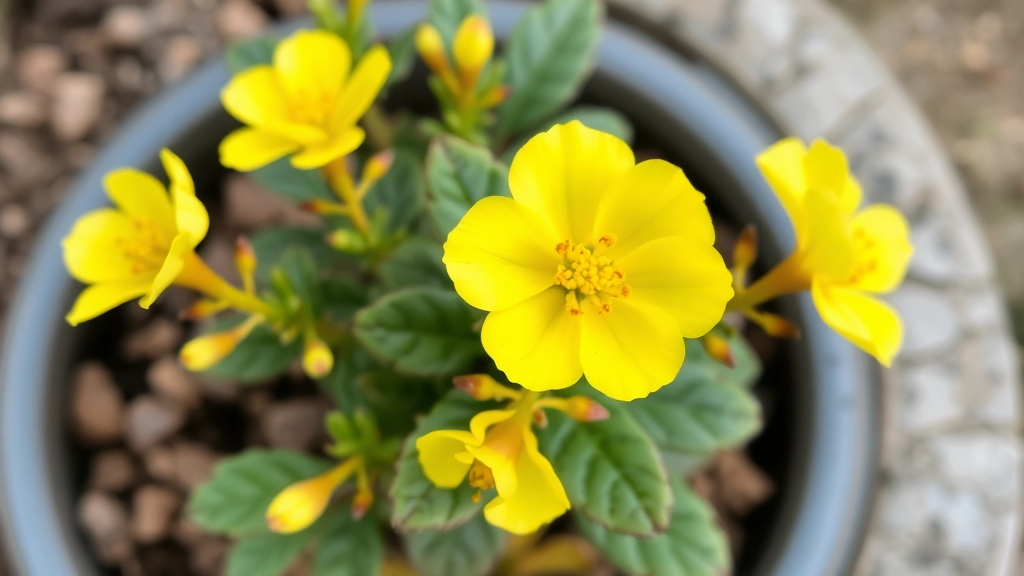Care for Your Calandiva Yellow Kalanchoe Blossfeldiana
Searching for the perfect way to care for your Calandiva Yellow Kalanchoe Blossfeldiana? Look no further! This vibrant succulent, with its stunning yellow blooms, is not only a fantastic addition to your home décor but also makes an excellent gift plant. Let’s dive into some practical tips on how to grow, maintain, and keep your Calandiva thriving indoors.
Light and Temperature Needs
First off, understanding the light and temperature needs of your Calandiva Yellow is crucial. This plant loves bright, indirect sunlight and thrives in temperatures between 15°C and 22°C.
Watering Tips
Proper watering is another key factor; ensure the soil is dry between waterings to prevent root rot. With the right care, your Calandiva Yellow Kalanchoe Blossfeldiana will reward you with long-lasting, beautiful blooms.
How to Grow Calandiva Yellow Kalanchoe Indoors
Are you struggling to keep your Calandiva Yellow Kalanchoe thriving indoors? You’re not alone. Many plant lovers face challenges when it comes to growing this vibrant succulent.
Understanding Calandiva Yellow Kalanchoe
Calandiva Yellow Kalanchoe is a stunning flowering succulent, known for its bright yellow blooms and thick, fleshy leaves. Growing it indoors can be a rewarding experience if you get the conditions just right.
Key Growing Conditions
To successfully grow your Calandiva indoors, consider these essential factors:
- Light: Calandiva thrives in bright, indirect sunlight. Aim for at least 6 hours of light daily.
- Temperature: Ideal temperatures range from 18-24°C (65-75°F). Avoid drafts and sudden temperature changes.
Creating the Perfect Environment
Setting up the right environment is crucial for your Kalanchoe’s growth.
Light and Temperature Needs for Calandiva Yellow
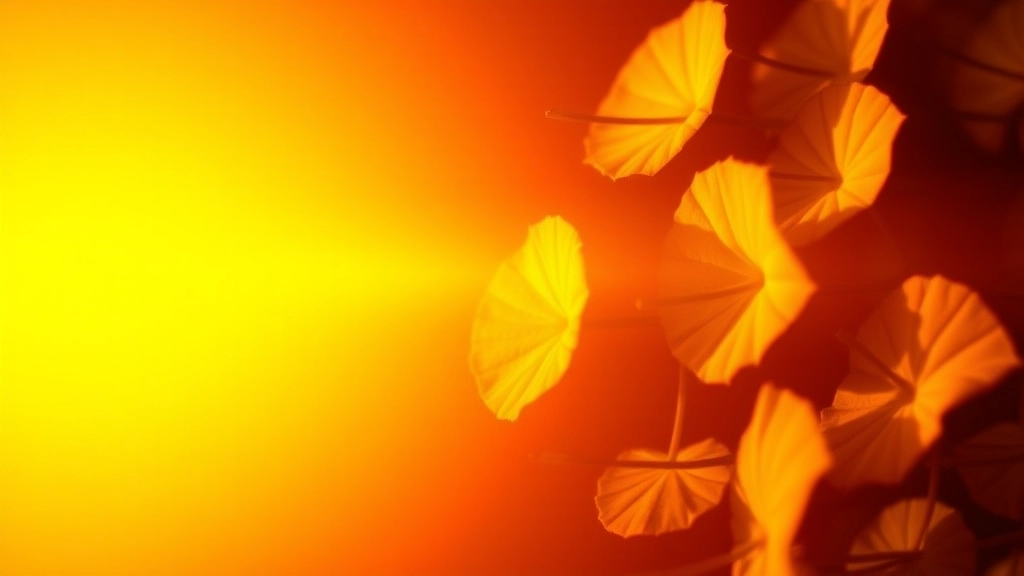
So, you’ve got your Calandiva Yellow Kalanchoe, and you’re wondering how to keep it thriving indoors, right?
Let’s dive into the light and temperature requirements that can make or break your plant’s happiness.
Light Requirements
Calandiva loves bright, indirect sunlight. Here’s what to keep in mind:
- Location: A south or west-facing window is ideal.
- Duration: Aim for about 6 hours of light a day.
- Signs of Trouble: If your plant starts to stretch or lean towards the light, it’s not getting enough. Conversely, if the leaves scorch, it’s too much direct sun.
Temperature Needs
Temperature plays a crucial role in your Calandiva’s well-being. Here’s the scoop:
- Ideal Range: Keep it between 18°C to 24°C (65°F to 75°F).
- Nighttime Comfort: A slight drop at night is fine, but avoid anything below 10°C (50°F).
- Avoid Drafts: Keep your plant away from cold drafts or sudden temperature changes.
Quick Tips
- Rotate Your Plant: Every few weeks, give it a gentle turn to ensure even growth.
- Watch the Seasons: In winter, it may need a bit more light, so consider moving it closer to a window.
Watering Tips for Optimal Growth
When it comes to nurturing your Calandiva Yellow Kalanchoe, understanding its watering needs is crucial. Many plant enthusiasts often worry about overwatering or underwatering their succulents. Let’s address these concerns and ensure your plant thrives.
Understanding Watering Needs
Calandiva Yellow Kalanchoe, like many succulents, prefers a specific watering routine to flourish. Here are some essential tips:
- Frequency: Water your Kalanchoe every 2-3 weeks. During the growing season (spring and summer), you might need to water more frequently, while in the dormant months (fall and winter), reduce the frequency.
- Soil Moisture: Always check the soil before watering. Insert your finger about an inch into the soil; if it feels dry, it’s time to water. If it’s still moist, wait a few more days.
- Watering Technique: Water deeply but infrequently. This means ensuring that water reaches the roots but allowing the top few inches of soil to dry out completely between watering sessions.
- Drainage: Ensure your pot has drainage holes. Standing water can lead to root rot, a common issue for Kalanchoe plants.
Signs of Overwatering and Underwatering
Recognising the signs of improper watering can save your plant from distress:
- Overwatering: Yellowing leaves, mushy stems, and a foul smell from the soil are indicators of overwatering.
- Underwatering: Wrinkled leaves and a droopy appearance signal that your plant needs more water.
By following these watering tips, you’ll create an optimal environment for your Calandiva to thrive. For more detailed care instructions, you can refer to the Yellow Kalanchoe Blossfeldiana Care Guide. Additionally, understanding the causes and fixes for non-flowering Kalanchoe can help ensure your plant remains healthy and vibrant.
Choosing the Right Soil for Your Kalanchoe Plant
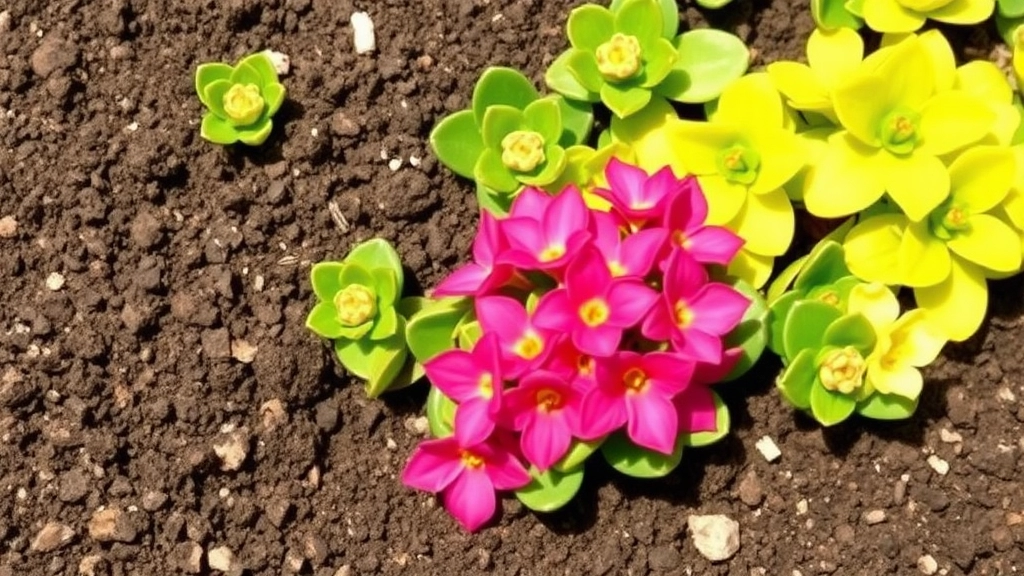
When it comes to nurturing your Calandiva Yellow Kalanchoe, selecting the right soil is crucial for its overall health and growth. You may find yourself wondering, “What type of soil does my Kalanchoe need?”
Why Soil Matters
The right soil provides essential drainage and aeration, preventing root rot, which is a common issue for succulent plants.
Ideal Soil Composition
For your Kalanchoe, consider the following soil characteristics:
- Well-draining: Look for a mix that allows excess water to escape quickly.
- Lightweight: A lighter soil helps prevent compaction, ensuring that roots have room to breathe.
- pH level: Aim for a slightly acidic to neutral pH (around 6.0 to 7.0).
Recommended Soil Mixes
You can either purchase a pre-made succulent or cactus mix or create your own. Here’s a simple recipe for a DIY mix:
- 2 parts potting soil: Provides the necessary nutrients.
- 1 part perlite: Enhances drainage and aeration.
- 1 part coarse sand: Improves soil structure and prevents compaction.
Container Considerations
Make sure your pot has drainage holes. This is a non-negotiable for Kalanchoe health. Without proper drainage, your plant’s roots can easily drown.
V. Fertilizing Your Calandiva for Best Results
As we delve into the care of your Calandiva Yellow Kalanchoe, it’s essential to consider how fertilization plays a vital role in promoting healthy growth and vibrant blooms.
Why Fertilization Matters
Many plant enthusiasts often wonder, “How can I make my Calandiva thrive?” The answer lies in proper fertilization. A well-fed plant is more resilient and produces stunning flowers that brighten any indoor space.
Pruning and Pinching Techniques to Encourage Blooms
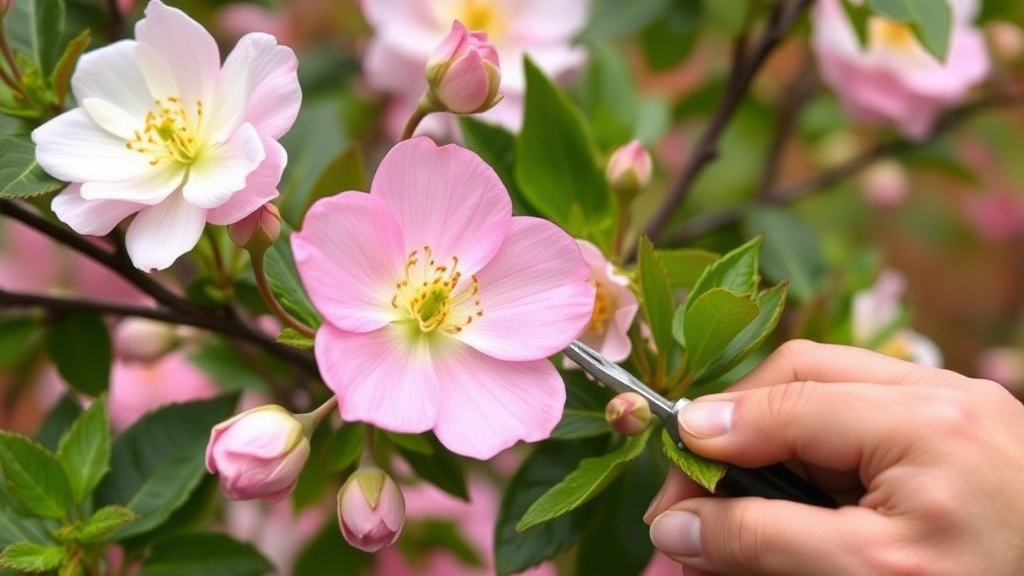
So, you’ve got your Calandiva Yellow Kalanchoe thriving, but how do you ensure it blooms beautifully?
Pruning and pinching are your secret weapons.
Why Prune?
- Encourages Growth: Removing dead or wilted flowers helps the plant focus its energy on new blooms.
- Shapes the Plant: A little trim keeps your Kalanchoe looking tidy and healthy.
When to Prune?
- After Blooming: Wait until the flowers have faded. This is the best time to give your plant a little TLC.
- Regular Maintenance: Check for any dead leaves or stems throughout the growing season.
How to Prune and Pinch:
- Use Clean, Sharp Tools: A pair of scissors or pruning shears will do the trick. Clean them to avoid infections.
- Identify Dead Flowers: Snip them off at the base. This encourages the plant to produce more blooms.
- Pinch the Tips: For a bushier plant, pinch off the top leaves. This encourages side growth and more flowers.
- Remove Weak Stems: If you notice any weak or leggy stems, cut them back to promote stronger growth.
Pro Tip
Always prune with a light hand. Over-pruning can stress your plant, so take it slow.
Common Pests and How to Prevent Them
As you nurture your Calandiva Yellow Kalanchoe, it’s essential to keep an eye out for any unwanted guests. Pests can quickly turn a thriving plant into a struggling one.
Propagation Methods: Stem Cuttings and Seeds
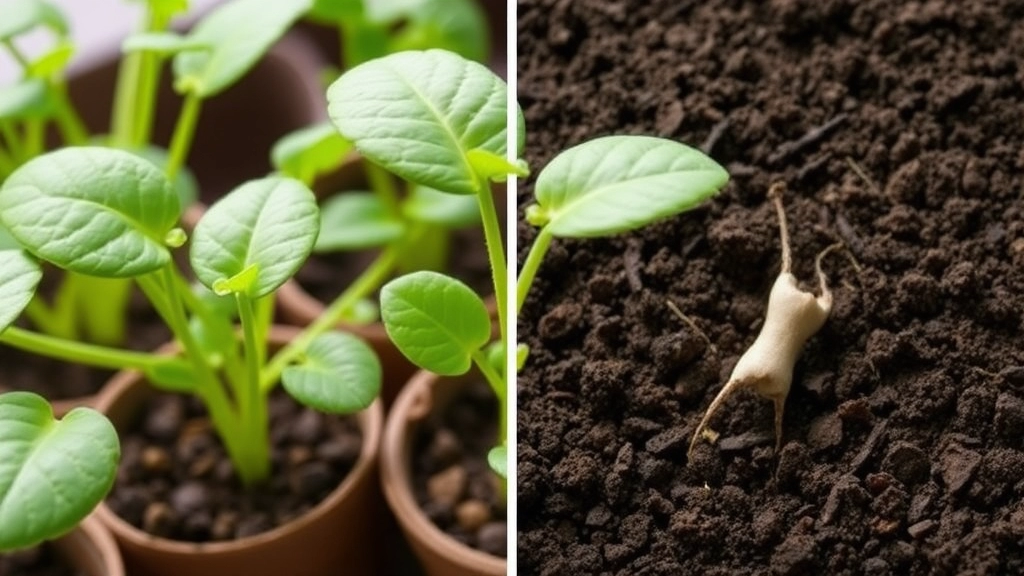
So, you’re keen to expand your Calandiva collection, right? Whether you want to share the love with friends or just fill your home with more of those cheerful yellow blooms, propagation is the way to go.
Stem Cuttings
One of the easiest and most effective ways to propagate your Calandiva is through stem cuttings. Here’s how you can do it:
- Choose a Healthy Stem: Look for a robust stem that has several leaves.
- Make the Cut: Use clean, sharp scissors to snip off a section about 4-6 inches long.
- Let It Callous: Place the cutting in a dry spot for a day or two. This helps the cut end to callous over, reducing the risk of rot.
- Plant It: After it’s calloused, pop it into a pot filled with well-draining soil.
- Water Sparingly: Give it a light misting of water and place it in bright, indirect light.
- Wait for Roots: In a few weeks, you should see new growth, which means roots are forming!
Seeds
If you’re feeling a bit adventurous, you can also propagate Calandiva from seeds. Here’s the scoop:
- Get Your Seeds: Purchase seeds from a reputable source.
- Prepare Your Soil: Use a seed-starting mix that drains well.
- Sow the Seeds: Sprinkle the seeds on the surface of the soil and lightly press them down. Don’t cover them too much; they need light to germinate!
- Water Gently: Mist the soil to keep it moist but not soggy.
- Provide Warmth: Place the pot in a warm area with plenty of indirect sunlight.
- Patience is Key: Germination can take a few weeks, so hang tight!
Tips for Reblooming Your Calandiva Plant
After ensuring your Calandiva Yellow Kalanchoe is thriving, you might find yourself wondering how to encourage it to bloom again. Reblooming can be a challenge, but with the right care, your plant can reward you with vibrant flowers once more.
Best Practices for Repotting Calandiva Succulents
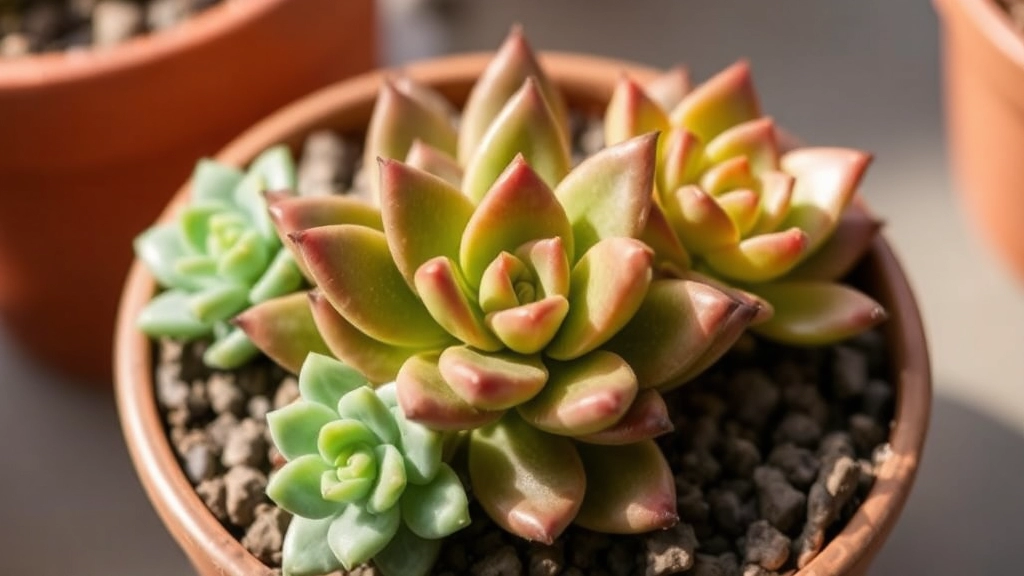
So, you’ve decided it’s time to repot your Calandiva. Maybe it’s outgrown its pot, or perhaps the soil isn’t cutting it anymore. Either way, repotting can feel a bit daunting. But don’t worry, I’ve got your back!
When to Repot:
- Timing is Key: The best time to repot is in spring, right before the growing season kicks off. This gives your plant a fresh start!
- Signs It’s Time: Look for roots poking out of the drainage holes or if the plant seems top-heavy. If it’s not thriving, that’s a red flag too.
Choosing the Right Pot:
- Size Matters: Go for a pot that’s just 1-2 inches wider than the current one. Too big, and the soil will stay wet longer, which can lead to root rot.
- Drainage is Essential: Make sure your new pot has drainage holes. This helps excess water escape, keeping your plant happy.
Soil Selection:
- Go for Cactus Mix: A well-draining cactus or succulent mix is perfect. You can also create your own by mixing regular potting soil with sand or perlite.
- Avoid Heavy Soils: Stay away from heavy, moisture-retaining soils. They can suffocate your Calandiva’s roots.
Repotting Steps:
- Prep Your Space: Gather your materials—new pot, soil, and tools.
- Remove the Plant: Gently take your Calandiva out of its old pot. If it’s stuck, you can tap the sides or use a knife to loosen it.
- Inspect the Roots: Check for any rotten or damaged roots and trim them off. Healthy roots should be white or light tan.
- Add Soil: Put a layer of fresh soil at the bottom of the new pot.
- Position Your Plant: Place your Calandiva in the centre and fill around it with more soil. Ensure it’s sitting at the same depth as before.
- Water Sparingly: After repotting, give it a light watering to help settle the soil, but don’t overdo it!
Calandiva as a Decorative and Gift Plant
When considering a houseplant or a gift, you might wonder which options stand out for their beauty and ease of care.
Calandiva Yellow Kalanchoe is an excellent choice.
Aesthetic Appeal
The vibrant yellow blooms of the Calandiva bring a burst of sunshine to any space.
- Versatile Decor: Perfect for various settings, whether on a windowsill, desk, or dining table.
- Seasonal Blooms: It flowers multiple times a year, ensuring your home remains lively.
Ideal Gift Option
Calandiva also makes for a thoughtful gift.
- Longevity: With proper care, it can last for years, reminding the recipient of your kindness.
- Low Maintenance: Its resilience appeals to both seasoned plant enthusiasts and beginners alike.
Presentation Tips
When gifting a Calandiva, consider these presentation ideas:
- Decorative Pots: Choose a pot that complements the plant’s vibrant yellow flowers.
- Personal Touch: Attach a handwritten note with care instructions for a personal touch.
Symbolism
Flowers often carry meanings, and the Calandiva is no exception.
- Joy and Happiness: Its bright colour symbolizes joy, making it an ideal gift for celebrations.
- Friendship: A thoughtful gesture for friends or loved ones, conveying warmth and appreciation. For more on how to care for similar plants, check out this guide to growing Kalanchoe Pink Plant.
FAQs about Calandiva Yellow Kalanchoe Blossfeldiana
What kind of light does Calandiva Yellow Kalanchoe need?
Calandiva Yellow Kalanchoe thrives in bright, indirect sunlight. A south or west-facing window is ideal, and it should receive about 6 hours of light a day. If the plant starts to stretch or lean, it’s not getting enough light. Conversely, if the leaves scorch, it’s getting too much direct sun.
What is the ideal temperature range for Calandiva Yellow Kalanchoe?
The ideal temperature range for Calandiva Yellow Kalanchoe is between 18°C to 24°C (65°F to 75°F). A slight drop at night is fine, but temperatures below 10°C (50°F) should be avoided. Keep the plant away from cold drafts or sudden temperature changes.
What type of soil is best for Calandiva Yellow Kalanchoe?
Calandiva Yellow Kalanchoe requires well-draining soil to prevent root rot. A mix of 2 parts potting soil, 1 part perlite, and 1 part coarse sand is ideal. The soil should be lightweight and have a slightly acidic to neutral pH (around 6.0 to 7.0).
How often should I prune my Calandiva Yellow Kalanchoe?
Pruning should be done after the flowers have faded. Regular maintenance, such as removing dead leaves or stems, should be performed throughout the growing season. Use clean, sharp tools to avoid infections.
Can I propagate Calandiva Yellow Kalanchoe, and if so, how?
Yes, you can propagate Calandiva Yellow Kalanchoe through stem cuttings or seeds. For stem cuttings, choose a healthy stem, let it callous, and plant it in well-draining soil. For seeds, use a seed-starting mix, sow the seeds on the surface, and provide warmth and indirect sunlight.
When is the best time to repot my Calandiva Yellow Kalanchoe?
The best time to repot Calandiva Yellow Kalanchoe is in spring, right before the growing season starts. Signs that it’s time to repot include roots poking out of drainage holes or the plant becoming top-heavy.
What should I consider when choosing a pot for my Calandiva Yellow Kalanchoe?
Choose a pot that is 1-2 inches wider than the current one and ensure it has drainage holes. This helps excess water escape and prevents root rot.
How should I water my Calandiva Yellow Kalanchoe after repotting?
After repotting, give your Calandiva Yellow Kalanchoe a light watering to help settle the soil, but be careful not to overwater. The soil should be well-draining to prevent root rot.
References
-
Kalanchoe Plant Care: Light and Temperature Needs
-
Choosing the Right Soil for Kalanchoe Plants
-
Pruning and Pinching Techniques for Kalanchoe
